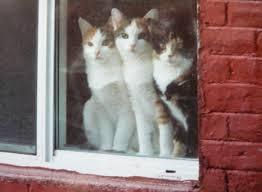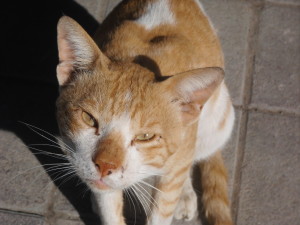There’s this guy I run into every few months and each time we see each other, we have a chat.
I know quite a lot about him now. He’s from Ireland and he works as a teacher of children with special needs. I’ve also met quite a few of his colleagues, and they are all very nice people.
There’s just one problem that makes it uncomfortable for me each time we meet. For the life of me, I can never remember his name.
It became especially embarrassing on our last encounter, because he called me out on it. “You don’t know my name, do you? I remember your name, but you don’t remember mine!”
He’s right and I really have no defence. He’s a red-headed Irishman and his name is Sean — which is probably the first or second name you’d guess for an Irishman.
But the thing is that I only now know that his name is Sean because I wrote it down. I hope to remember it next time I see him without having to consult the notebook in my pocket.
In the meantime, I’ve been trying to discover why it is that I have trouble remembering Sean’s name.
According to a newspaper story based on some actual scientific research, there are three possible reasons that may work alone or in conjunction with each other.
The first is that we often usually have no way of associating people’s names with their physical characteristics, so we can’t use one of the most popular memory tools.
The second is that often so focussed on ourselves when we meet people that we don’t listen to what they have to say, even when they tell us their name.
The third reason is that we don’t care because we don’t expect to see that person again, so his or her name is dispensable information.
Since I’ve already seen Sean at least three times in the same place, and he really is a bloke who’s worth talking to, I really should start to care.
The next time I see him, though, I’m definitely going to ask how it is that he remembers my name.





